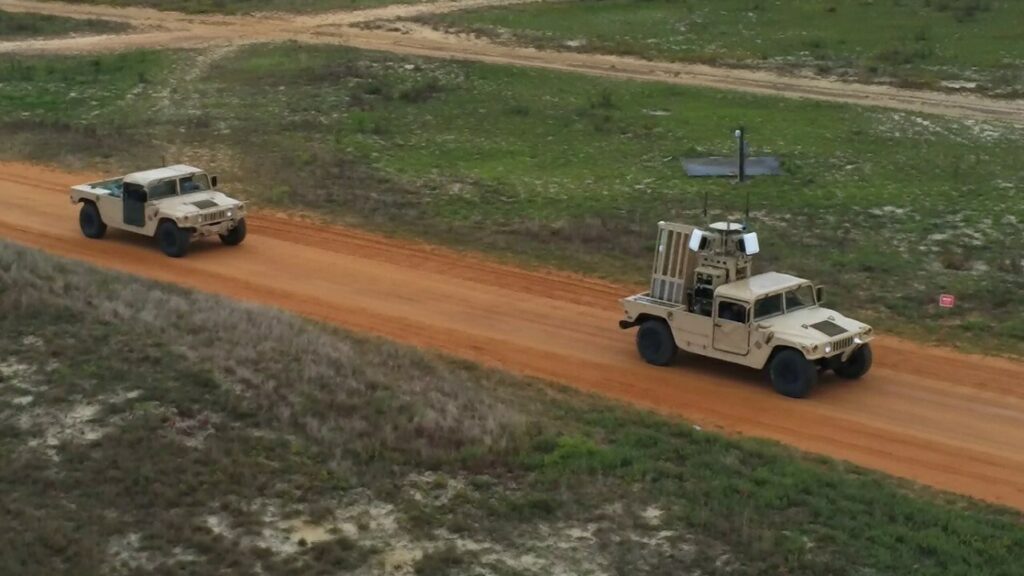Leidos and the US Army demonstrated a system to counter small drones during the service’s recent Maneuver and Fires Integrated Experiment (MFIX) at Fort Sill, Oklahoma.
For the activity, the firm and the army’s Combat Capabilities Development Command Aviation and Missile Center employed the Advanced Multilayered Mobile Force Protection (AM2FP) against simulated enemy drones.
The trial saw the platform engage and neutralize multiple threats autonomously.
Weapon and radar status were simultaneously directed to the army’s Forward Area Air Defense Command and Control software, which is responsible for the collective management of various short-range air defense capabilities.
“This is an incredible achievement for our team,” Leidos Dynetics President Steve Cook stated.
“As the only system in the MFIX capable of autonomously tracking and correctly identifying while moving, we are providing a unique advantage to our customers. “
“While we’re still evaluating all results from the demonstration, the exercise validated our research and ability to deliver new advantages on current and future battlefields.”
100 Percent Success
The demonstration concluded with the AM2FP being able to find and identify 100 percent of the aerial threats, Leidos wrote.
Furthermore, the solution did not generate false confirmations throughout the flight tests.
“It was an honor to share our capabilities and the art of the possible with these distinguished visitors,” Cook said.
“Our success further highlights the need for future investment while maintaining our lead in the latest technological innovations.”
Mobile Force Protection
Leidos initiated the AM2FP development in 2017 under DARPA’s Mobile Force Protection program.
This initiative sought multi-layer defense capability to secure fixed installations and on-the-move units from unauthorized, small-class aerial systems.
The company received a $3-million contract to perform for the effort’s initial phase. It was followed by a field demonstration in 2018 and the system’s finalization in 2019.



